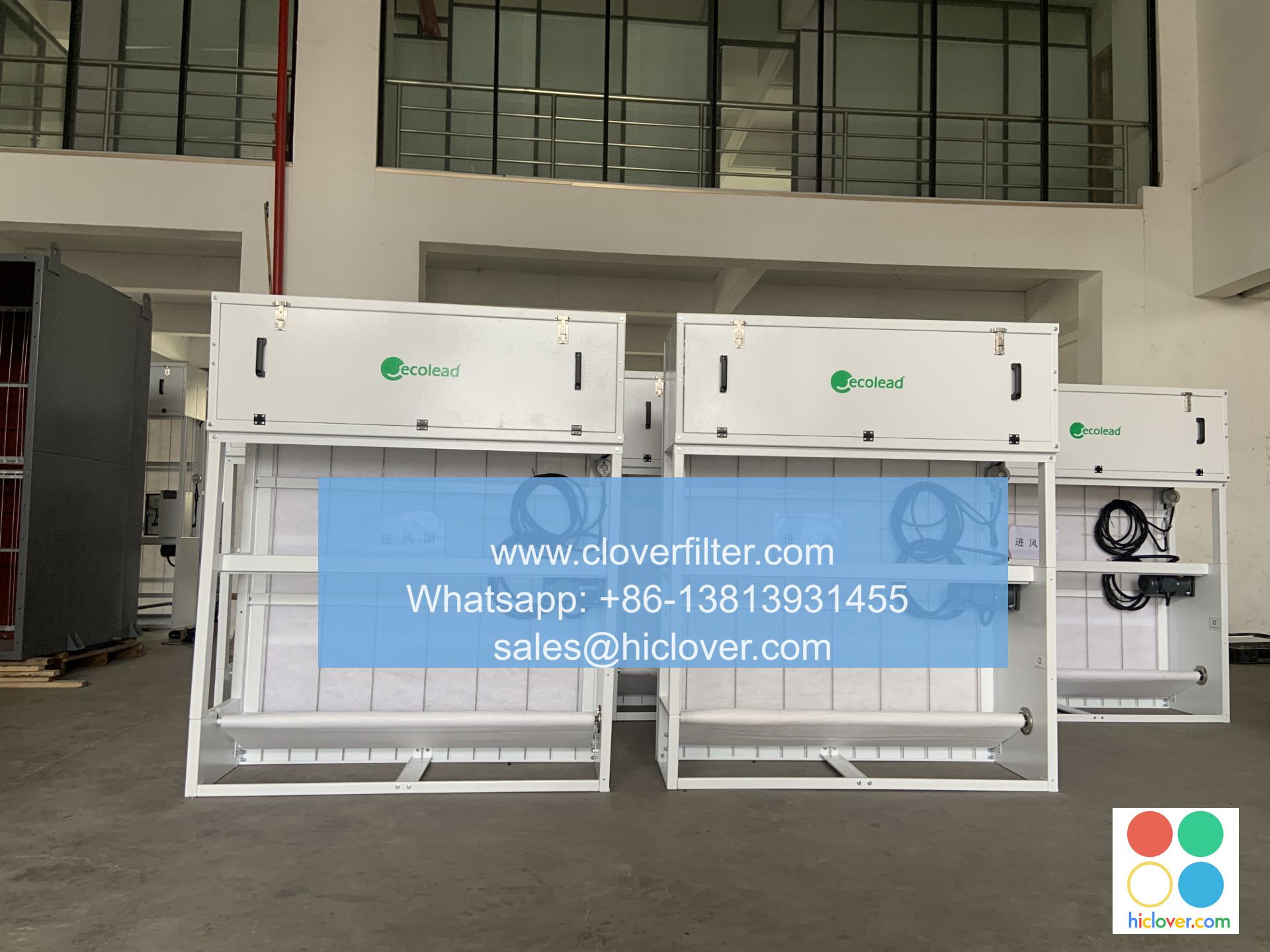Air Filter Standards and Regulations: An Overview

Air filter standards and regulations play a crucial role in ensuring the quality and performance of air filtration systems used in various industries, including heating, ventilation, and air conditioning (HVAC), industrial processes, and medical facilities. These standards and regulations help maintain indoor air quality (IAQ), prevent air pollution, and protect human health and environmental well-being.
Introduction to Air Filter Standards
Air filter standards are established by various organizations, such as the American Society of Heating, Refrigerating, and Air-Conditioning Engineers (ASHRAE), the International Organization for Standardization (ISO), and the Environmental Protection Agency (EPA). These standards provide guidelines for the design, testing, and certification of air filters, ensuring they meet specific requirements for efficiency, pressure drop, and durability.
Types of Air Filter Standards
There are several types of air filter standards, including:
- MERV (Minimum Efficiency Reporting Value) standards, which rate air filters based on their ability to capture particulate matter (PM) and other airborne contaminants.
- HEPA (High Efficiency Particulate Air) standards, which require air filters to capture at least 99.97% of particles as small as 0.3 microns.
- UL (Underwriters Laboratories) standards, which certify air filters for safety and performance in various applications.
- The Clean Air Act, which sets standards for air quality and emissions in the United States.
- The Occupational Safety and Health Administration (OSHA) regulations, which require employers to provide a safe working environment with adequate ventilation and air filtration.
- The European Union’s (EU) Air Quality Directive, which sets standards for air quality and emissions in EU member states.
- Commercial HVAC systems, which require air filters to maintain IAQ and energy efficiency.
- Industrial processes, such as manufacturing and chemical processing, which require air filters to prevent air pollution and maintain process control.
- Medical facilities, which require air filters to maintain sterile environments and prevent hospital-acquired infections.
- Aerospace and automotive industries, which require air filters to maintain air quality and system performance in vehicles and aircraft.
Regulations and Compliance
Air filter regulations and compliance are critical in maintaining IAQ and preventing air pollution. Some key regulations include:
Application Areas
Air filter standards and regulations apply to various industries and applications, including:
Conclusion
In conclusion, air filter standards and regulations play a vital role in maintaining IAQ, preventing air pollution, and protecting human health and environmental well-being. By understanding and complying with these standards and regulations, industries can ensure the quality and performance of their air filtration systems, reducing the risks associated with poor air quality and airborne contaminants. As the demand for clean air and sustainable technologies continues to grow, the importance of air filter standards and regulations will only continue to increase. You haven’t provided a prompt or question for me to respond to. Please provide more context or information so I can assist you better. What would you like to talk about or ask?

